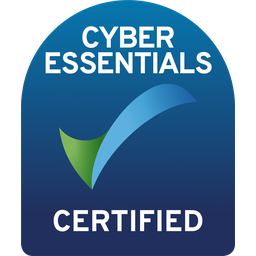If you work in marketing, in any capacity, at any level, you know this struggle all too well; you’re juggling a million priorities, from strategy and planning to execution and analysis. And in the midst of it all, you need to create a consistent stream of high-quality content to engage your audience and build trust in your brand. No biggie right?
Creating truly bingeable content that keeps people coming back for more is no easy feat. It requires more than just a deep understanding of your audience, a consistent brand voice, and a well-thought-out content strategy. The crux of it all is having the time and mental headspace to make your amazing ideas actually happen!
And this is where the magic of content clusters comes in. Organising your content into topical clusters, will help you create a more cohesive and engaging experience for your audience, making it easier for them to binge your content which, ultimately, builds trust in your industry voice. But more importantly than that, it gives you a clear and comfy structure to work with.
The Basics
What makes content bingeable?
Before we dive deeper into content clusters, we’re going to look at what makes content truly bingeable. At its core, bingeable content is content that keeps your audience engaged and wanting more. It’s that hook that keeps people clicking through, bookmarking your page and recommending it to peers.
Think about the last time you got properly sucked into a great TV show or podcast. What kept you coming back for more? Maybe it was the compelling storyline, the painfully relatable characters, or the way the content spoke directly to your interests and lived experiences (good or bad!).
Well, the same principles apply to creating bingeable content for your brand. Your content should:
Click below to expand
Your content should address the specific interests, challenges, and pain points of your target audience; that’s obvious right? The goal here is to speak to them, not at them. You need to make your audience feel seen and understood, like that one friend who makes you feel like the most important person in the room.
Make them feel that connection and they’re more likely to keep coming back for more.
Consistency is key when it comes to building trust and creating a cohesive brand experience. Your content should have a distinct voice and personality that resonates with your audience. The reason for this lies in the comfort of familiarity. You go to the same coffee shop and order your favourite combo because you know it’s going to be *chef’s kiss* every time.
If your audience knows the quality of your content is consistently excellent, and always in a TOV they find engaging, then it’s that comfy feeling that’s going to get them firing up the kettle to settle in for your next post.
Because this is your content’s very reason for being; anything you put out should provide real value to your audience. That might be in the form of education, entertainment, or inspiration. The value doesn’t always have to be highbrow, there’s so much value in laughter and relatability, but it has to be there.
Always question what the purpose of your content is, if it’s not immediately obvious, then it’s probably time for a rethink.
The role of content clusters
So, how do content clusters fit into this? Content clusters are just ways of organising your content into topical groups, and we love them for so many reasons! Each cluster should be centred around a core topic or theme that’s relevant to your business. And if you’re not sure what your core themes are, it might be time to rewind to look at your messaging before you go too deep down this content rabbit hole!
For example, if you’re a fitness brand, you might have a content cluster focused on healthy eating, another on workout routines, and another on mindfulness and self-care. It’s about providing a clear structure your content can nest in. But what’s the benefit of this approach?
Creating content clusters will:
- Establish topical authority: When you create a comprehensive body of content around a specific topic or niche, you’re positioning your brand as an authority in that space. Which, naturally, helps build trust and credibility with your audience; you clearly know your shit.
- Improve user experience: Content clusters make it so much easier for your audience to find and consume the content they're really interested in. Instead of having to sift through a disorganised mess of content (and we say this with love), they can easily navigate to the topics that matter most to them.
- Boost SEO: Search engines bloody love topical authority, and content clusters can help you rank higher for relevant keywords and phrases. Our SEO lead Alice is a huge content cluster fan!
- Create a bingeable experience: By linking all inter-related content within a cluster, you can gently encourage your audience to keep consuming more and more of your content, creating a truly bingeable experience. After all, if they’re interested in one aspect of a topic, chances are they already want to learn more!
Putting it all together
Okay, now that you understand the basics of bingeable content and the power of content clusters, it’s time to put it all into practice. You ready? You might want to grab a note app for this part, it might even call for Excel, if you’re ready to roll up your sleeves!
Start by mapping out your core topics and themes, and then organise your existing content (and any future content on the horizon) into topical clusters around those themes.
When you’re creating new content, be intentional about incorporating elements that make it bingeable. Think:
- Compelling storytelling
- A relatable, consistent brand voice
- Direct relevance to your audience's interests and pain points
- Real, actionable value
What is anchor text?
Building trust takes time (but it's worth it)
Creating truly bingeable content and building meaningful content clusters is no small feat. It requires a lot of time, effort, and a deep understanding of your audience and your brand.
But the payoff is huge. By creating a cohesive, engaging, and genuinely valuable content experience, you’ll not only keep your audience coming back for more, but you’ll also build trust and credibility that can translate into long-term customer loyalty and business growth. And that’s really what it’s all about!
- Actively collect reviews and manage them - and reply to the bad ones!
- Make sure they are displayed on the site and ideally through a third-party to reassure potential customers
- Keep on top of opportunities to enter relevant awards
- Keep to your content strategy to produce authoritative, shareable content that will hopefully bring you some good quality backlinks
- Regularly review your website to make sure it’s representative of who you are and what you’re doing
The full package: clearing down and clustering up
Keep creating, keep clustering, and keep putting your audience first. Because when you make your content bingeable, you’re not just creating content – you’re building a lasting relationship with your audience, one binge-worthy piece at a time.
If you’re feeling truly brave, the perfect partner to content clusters is a good content audit. Deciding what content you really need, and then how to organise it, will do wonders for your strategy and your SEO!






